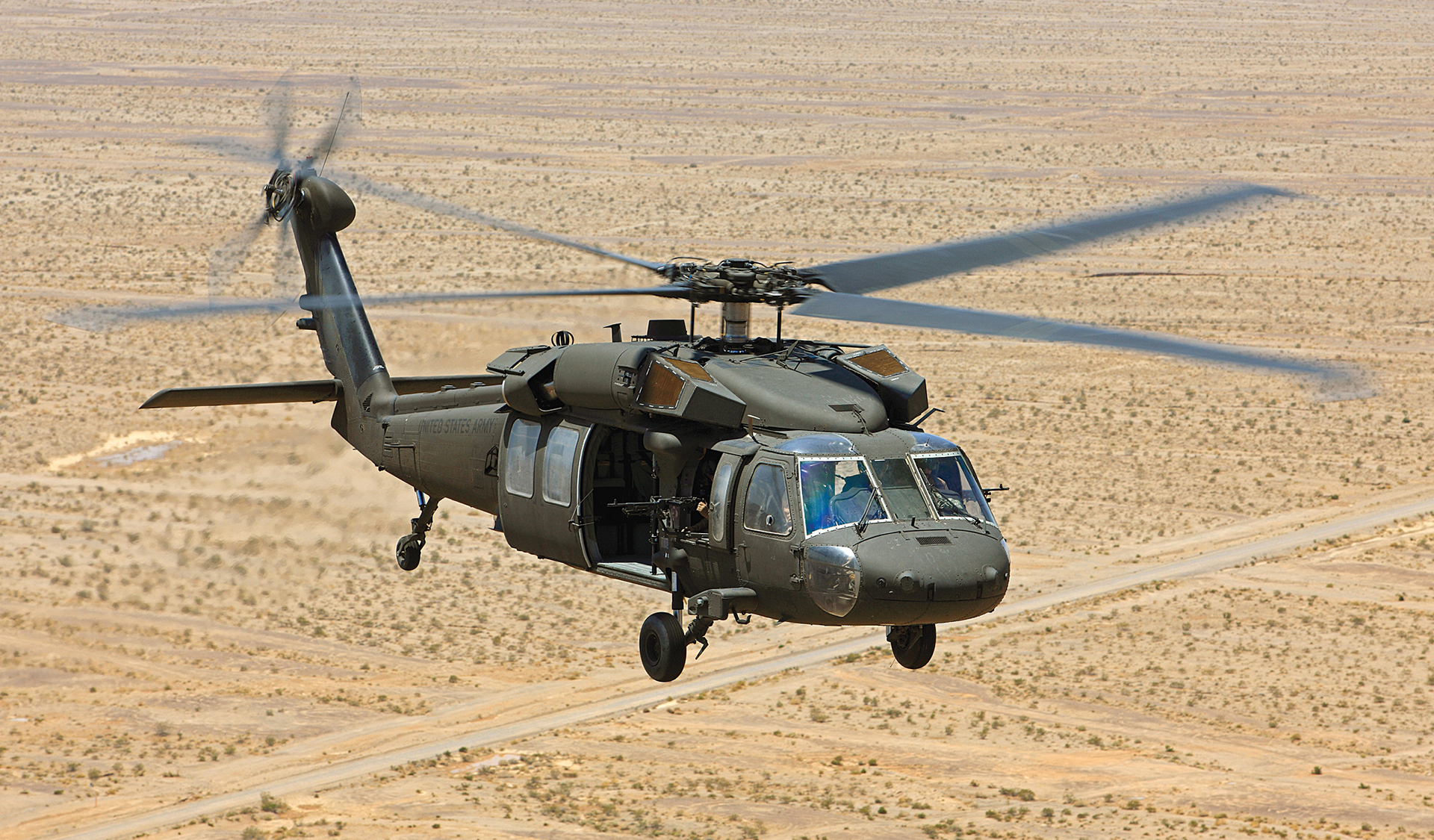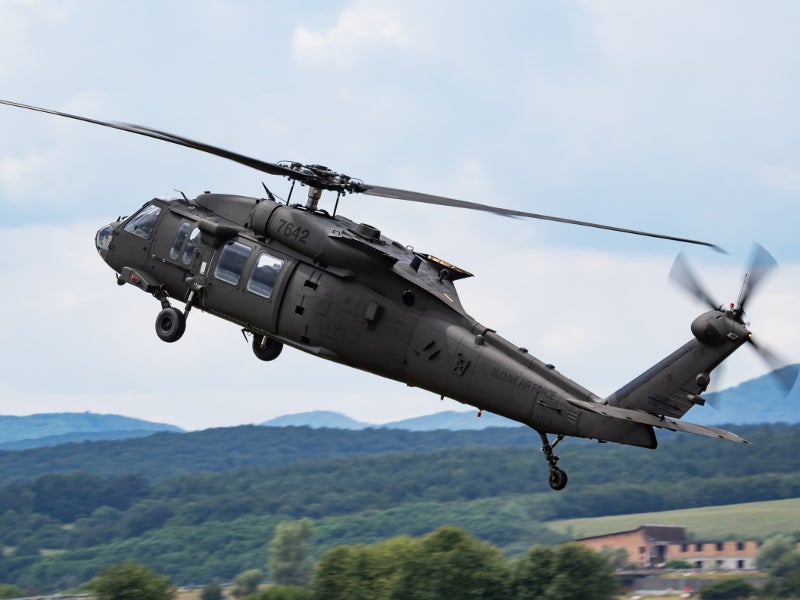Comparing Efficiency Specs of Various Uh 60 Helicopter Models
When thinking about the abilities of numerous UH-60 helicopter models, it emerges that each variant deals special features and efficiency requirements that deal with varied functional demands. From engine power and rate capabilities to payload ability and technological innovations, the distinctions among these designs play an important role in identifying their viability for particular missions and settings. By checking out the nuanced distinctions in performance metrics across different UH-60 variants, a deeper understanding emerges of how these helicopters stand out in numerous functions and situations.

Overview of UH-60 Helicopter Designs
Evaluating the numerous UH-60 helicopter designs offers valuable insights right into their unique features and capabilities. The UH-60 Black Hawk, a versatile workhorse created by Sikorsky Aircraft, is widely made use of by the U.S. armed forces and various worldwide pressures for troop transport, medical discharge, and aerial assault goals.
On the other hand, the HH-60 Pave Hawk, a version of the UH-60, is primarily utilized for battle search and rescue operations. It includes added gas storage tanks for extended range, in-flight refueling capacities, and progressed communication systems for collaborating complex rescue missions. The HH-60 is geared up with various defensive systems to run in high-threat settings, consisting of chaff and flare dispensers, infrared jammers, and armor protection for team and essential parts.
Engine Efficiency Contrast
In analyzing the UH-60 helicopter models, an important aspect to think about is the comparison of their engine performance. The UH-60 Black Hawk helicopter versions come equipped with powerful engines that give the required drive for various missions.

Rate and Array Analysis
When assessing the UH-60 helicopter models, a crucial element to examine is the rate and variety abilities. The UH-60 Black Hawk, a commonly used design, has a maximum speed of around 183 miles per hour (294 km/h) and a variety of roughly 320 miles (515 km) without books. These rate and variety requirements use this link play a vital function in goal planning, operational performance, and general effectiveness of the UH-60 helicopter versions in various army and private functions.
Haul and Capability Analysis
Offered the rate and variety capacities of the UH-60 helicopter designs, the following vital facet to assess is their payload and ability abilities. The UH-60 Black Hawk helicopter models are known for their excellent haul capabilities, enabling them to move troops, devices, and products successfully.

In addition, the interior and exterior freight capacity of the UH-60 designs plays a considerable role in their functional adaptability. The internal cabin room is developed to suit soldiers or equipment, while outside hooks offer the capability to carry underslung lots, such as automobiles or hefty equipment. This versatility in cargo capacity boosts the UH-60 helicopters' effectiveness in various armed forces and civilian procedures, making them a favored option for varied goal requirements.
Avionics and Innovation Functions
Noteworthy for their technical attributes and advanced avionics, the UH-60 helicopter designs showcase innovative capabilities that boost their functional efficiency and objective effectiveness. Outfitted with state-of-the-art avionics systems, these helicopters are integrated with advanced interaction, navigation, and surveillance technologies. The UH-60 designs feature electronic cockpit shows that provide pilots with crucial flight info in real-time, improving situational recognition and decision-making throughout goals.
In addition, these helicopters are outfitted with sophisticated auto-pilot systems, boosting trip stability and permitting exact maneuvers also in tough environments (uh 60). The unification of innovative radar systems allows the UH-60 versions pop over to this site to properly navigate via negative weather and low visibility situations. Additionally, these helicopters are outfitted with advanced objective systems that facilitate seamless sychronisation in between team members and support a large range of objective accounts, including search and rescue operations, troop transportation, and clinical discharge goals
Conclusion
In conclusion, the contrast of performance specifications amongst various UH-60 helicopter designs reveals variations in engine efficiency, speed, array, haul ability, and avionics functions. These differences highlight the unique toughness and capacities of each version, permitting educated decision-making based on details functional needs. Comprehending these differences is crucial for companies and drivers looking for to optimize the effectiveness and basics performance of their helicopter fleet.
In taking a look at the UH-60 helicopter versions, an essential element to take into consideration is the contrast of their engine efficiency. The UH-60 Black Hawk helicopter designs come geared up with powerful engines that give the essential drive for different missions - uh 60. These speed and variety requirements play a critical function in goal planning, operational effectiveness, and overall performance of the UH-60 helicopter models in various army and noncombatant roles.Noteworthy for their advanced avionics and technological features, the UH-60 helicopter versions display cutting-edge capabilities that enhance their functional effectiveness and objective efficiency.In final thought, the contrast of performance specs among various UH-60 helicopter versions exposes variations in engine performance, rate, array, haul capability, and avionics features